Sprint Goal
Note: Sprint 4 included a 2 week Easter break, where I largely worked on my research proposal but had extra time to work on this sprint.
For the prototype mechanics to take shape.
Sprint Planning
- Choice
- Colours & Accessibility
- The Card Deck
- Narrative Design
- Events
- Characters
- Program Events System
- Program Personality Metre System
Choice & Accessibility
Colours
Inspired by nature and my own photography.
“Also potentially more effective than providing people with information is exposing people to natural imagery. Physical immersion in nature has been shown to lead to an increase in intrinsic aspirations (related to Self-Transcendence) and a decrease in extrinsic aspirations (related to Self-Enhancement) [73]. Similar effects can be generated by simply showing participants images of nature [73], particularly if those images evoke awe [63]. Not only does such exposure make us happier, but it has also been shown to both emotionally connect people with nature and increase their willingness to help others [8] — beneficial characteristics to foster if the end goal is to get people to make adjustments to their lifestyles for the benefit of the environment” (Knowles 2014).
Cornish Landscape
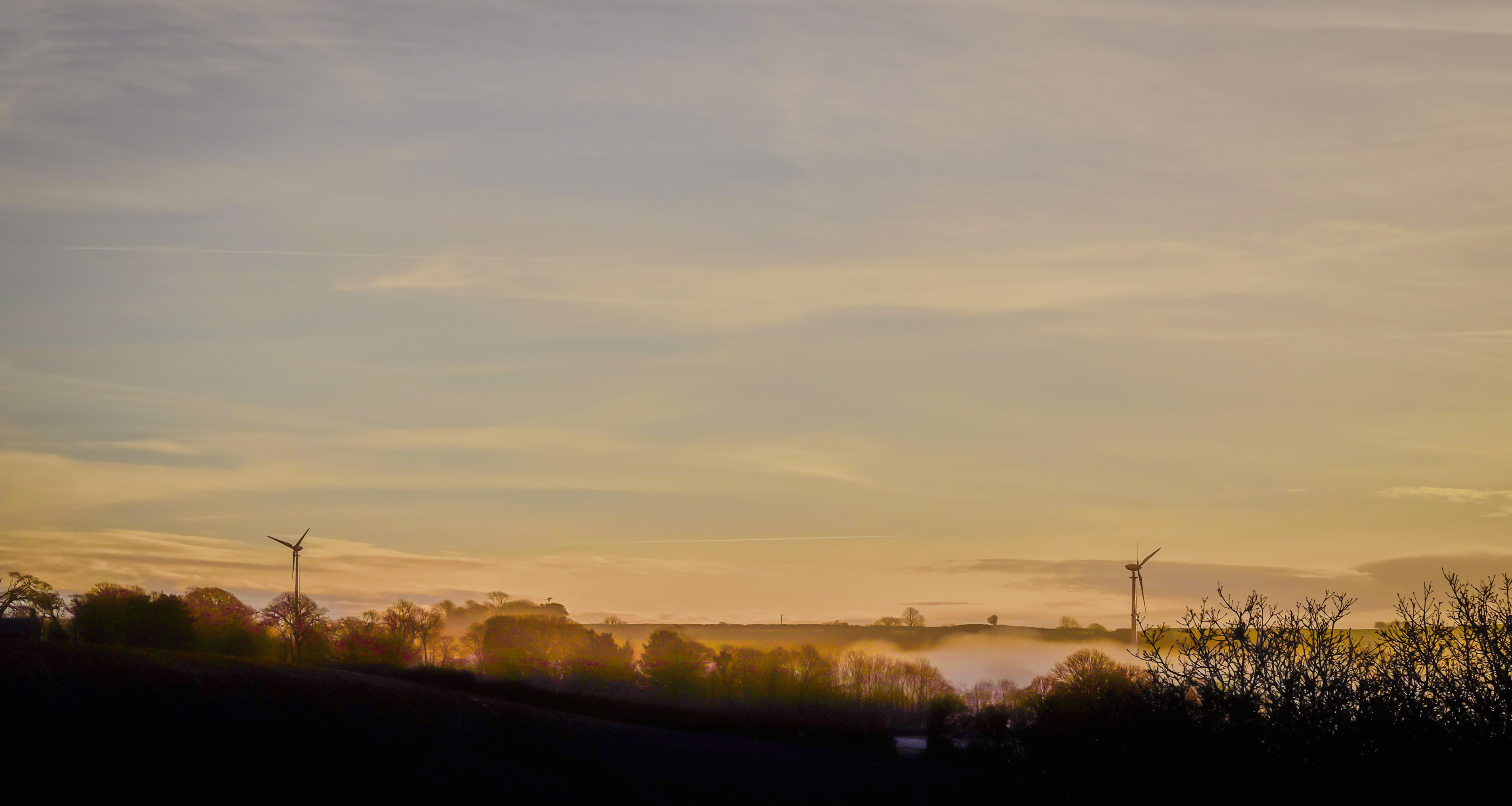
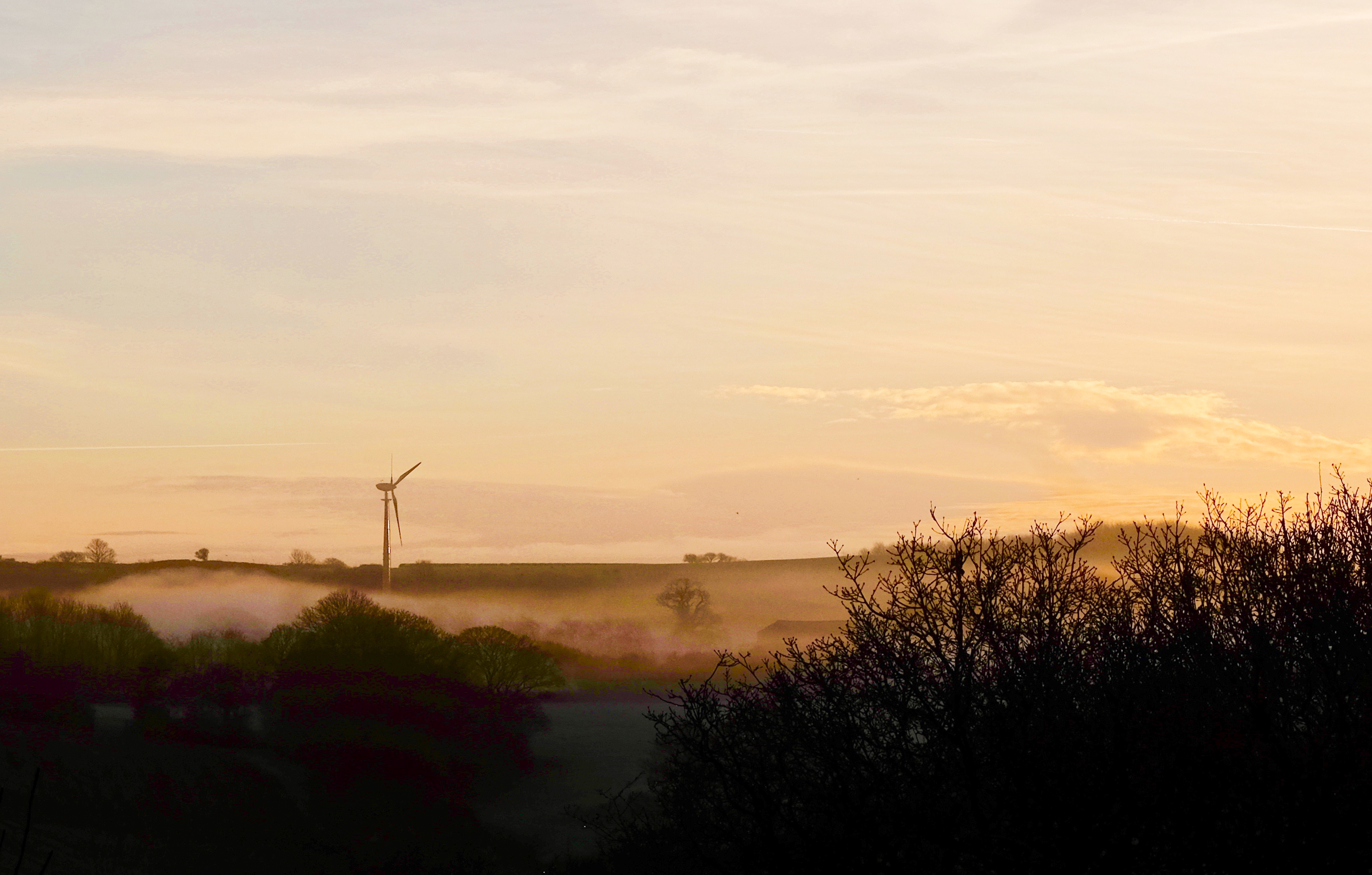
Fig 1. Masters 2018. Wind Turbines 2
Fig 2. Masters 2018. Wind Turbines
Choice & The Card Deck
During Sprint 3, we discussed exploring choice and the card deck in my current prototype. The choices for cards don’t feel like choices at the moments, so I’ve begun to brainstorm and prototype cards that will give the player more agency.
Card Mechanic & Choice
The game will limit the amount of choices the player starts with, with choices becoming more complicated and harder later on.
To start with the player can choose from three different groups of cards, the first being environment positive, the second offering a mix of popular options like greywater that have some negative effects and the third being shortcuts that will produce significant CO2 but may be necessary.
Group 1 Sample
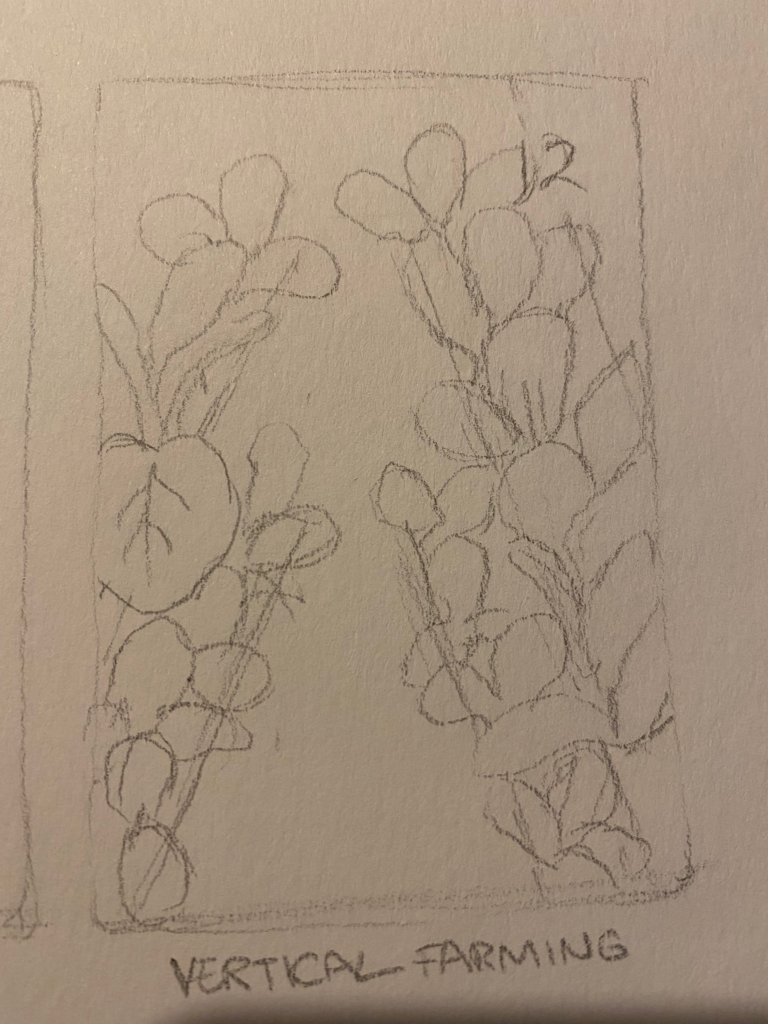
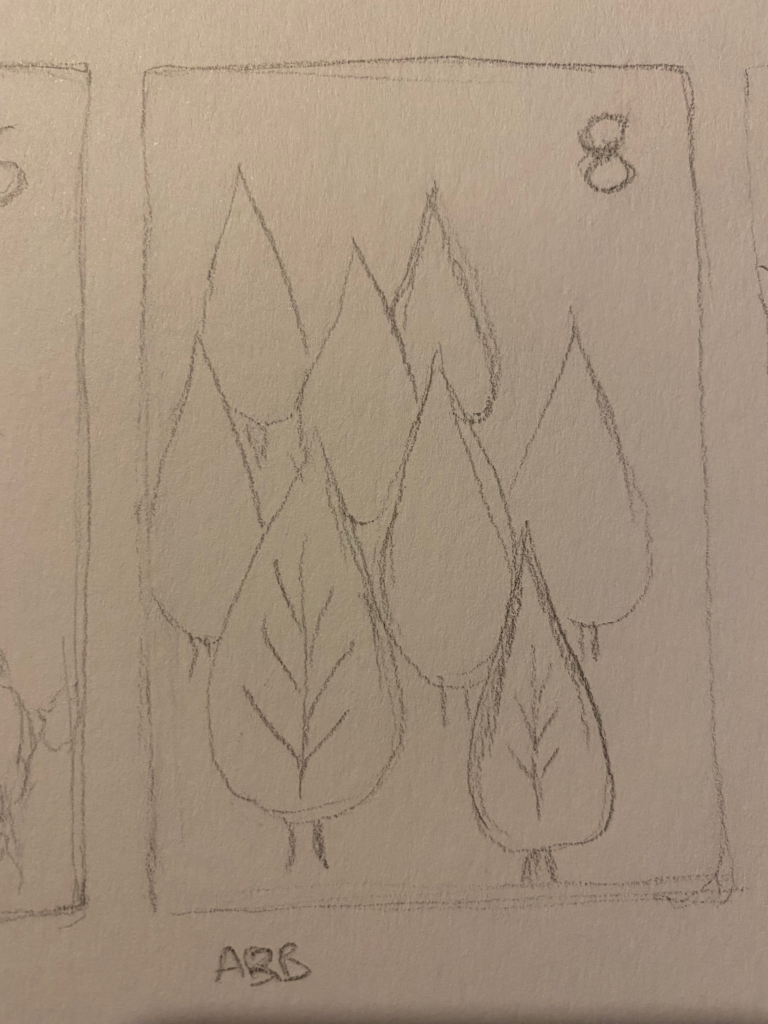
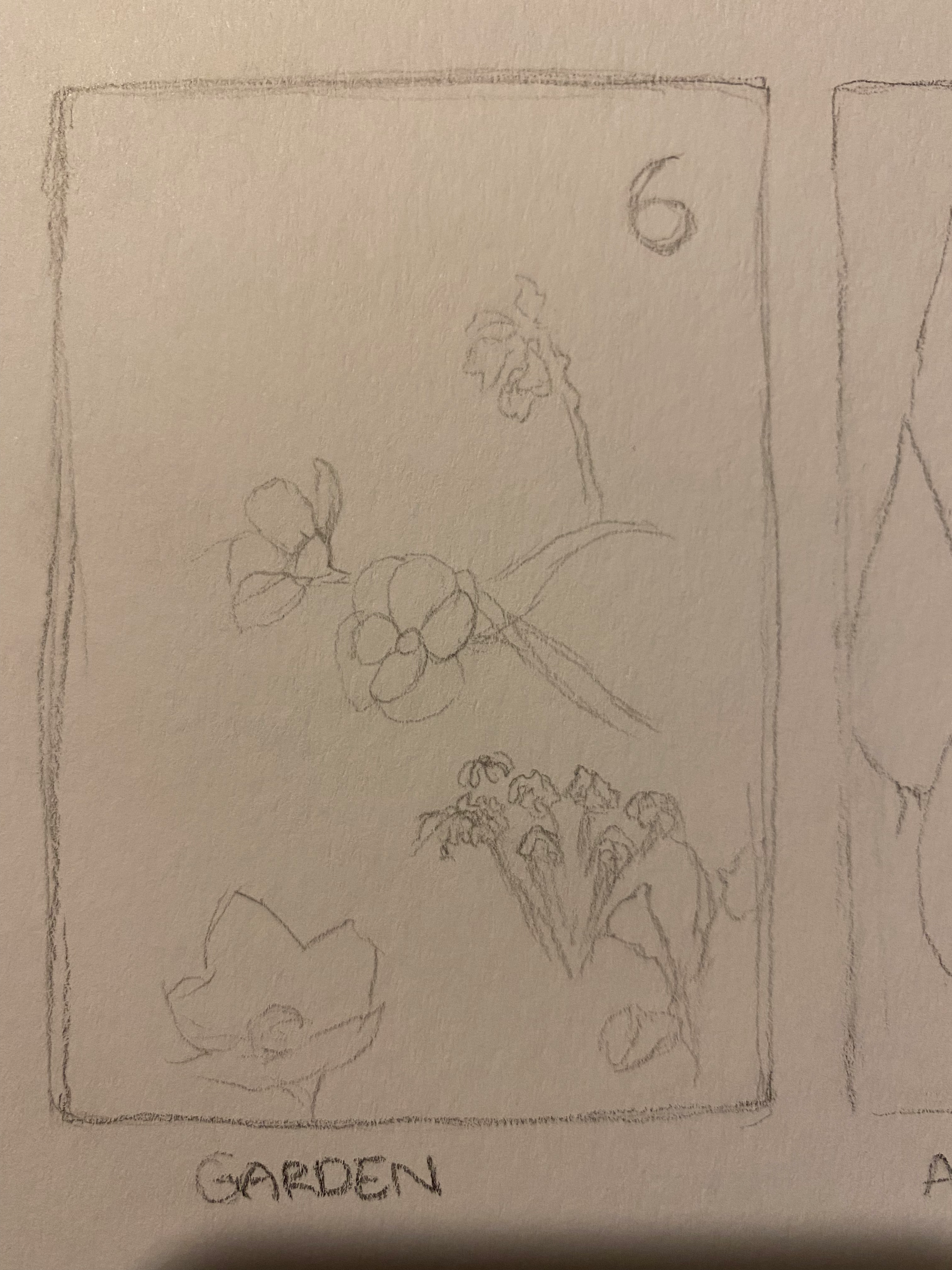
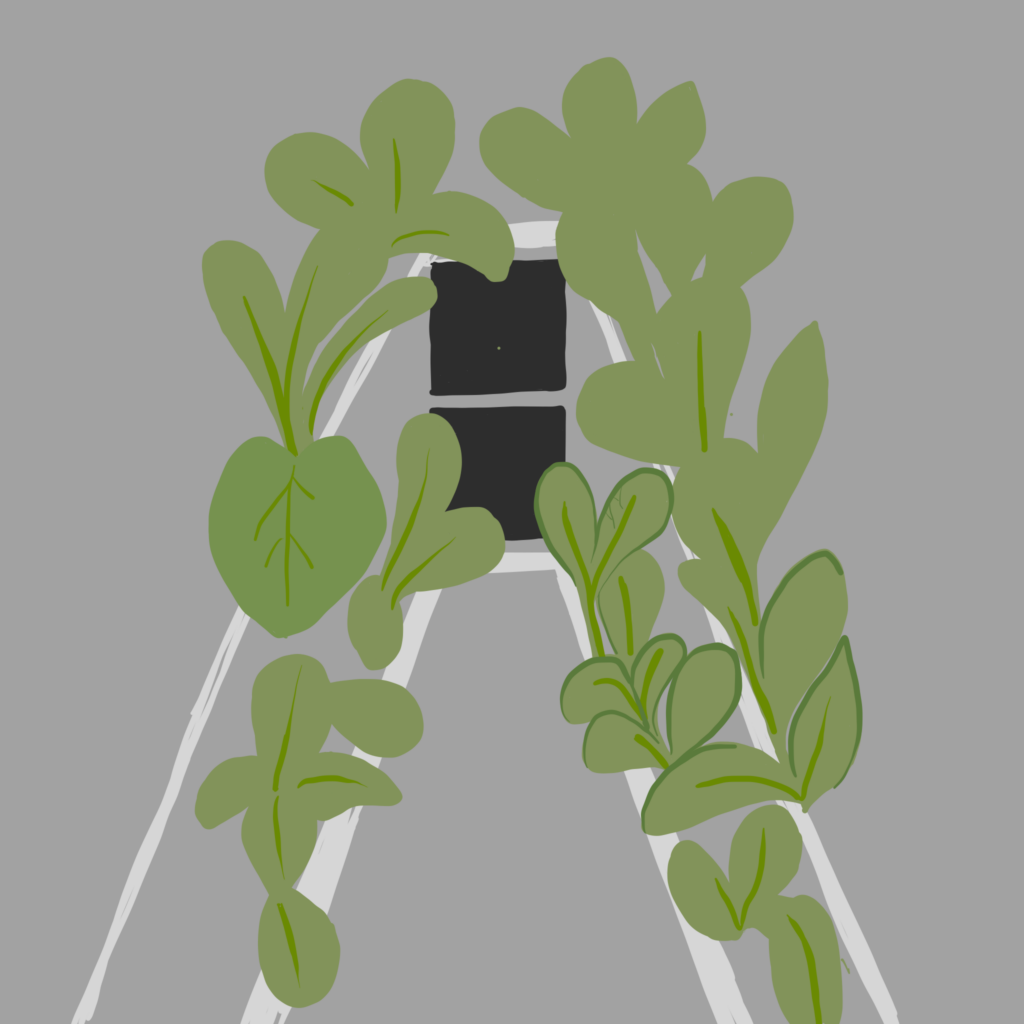
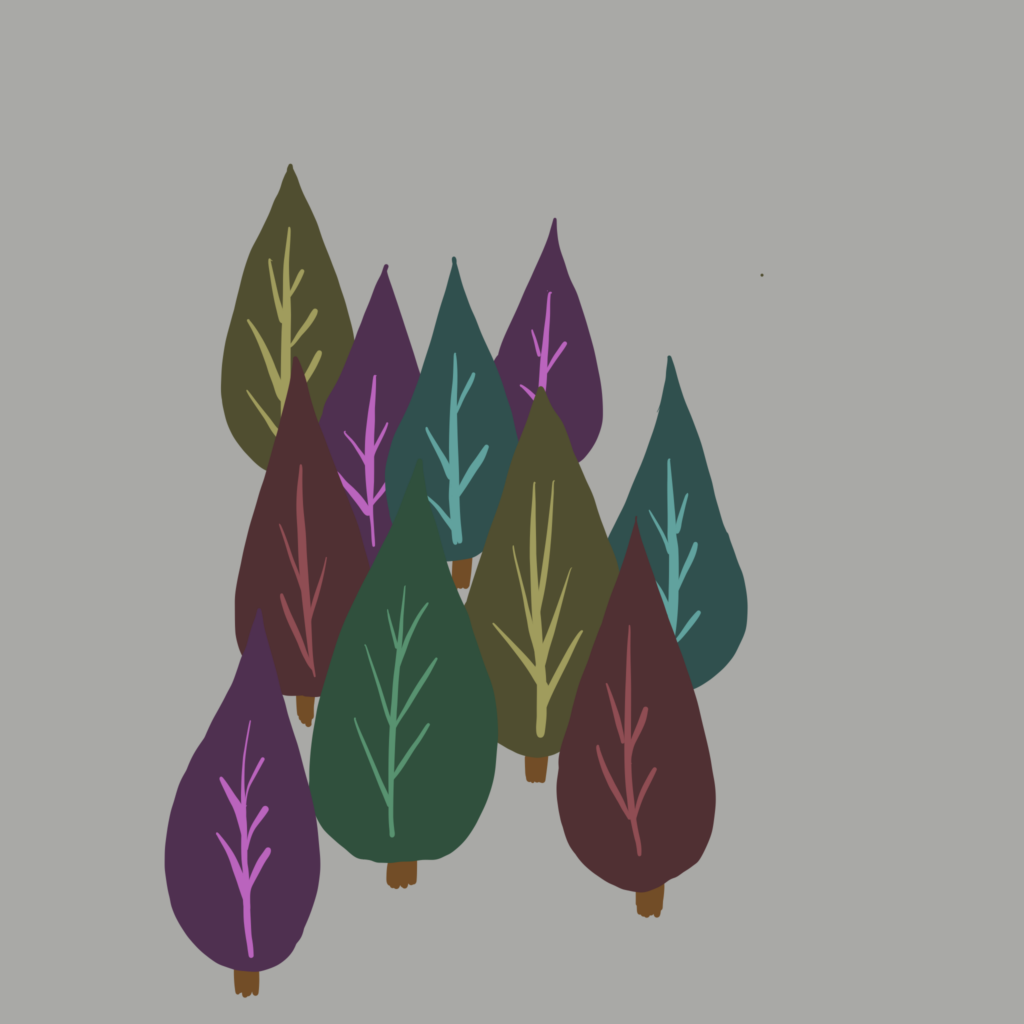
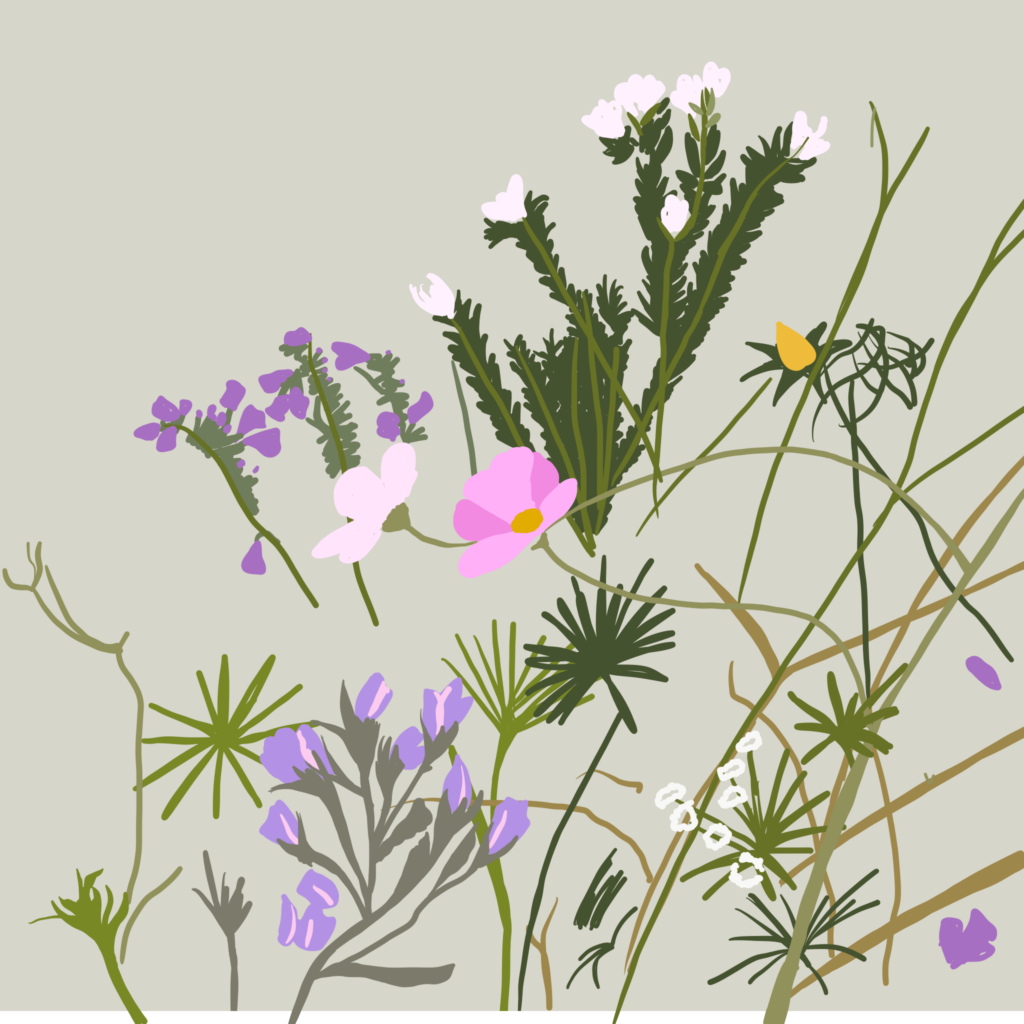
Group 3 Sample
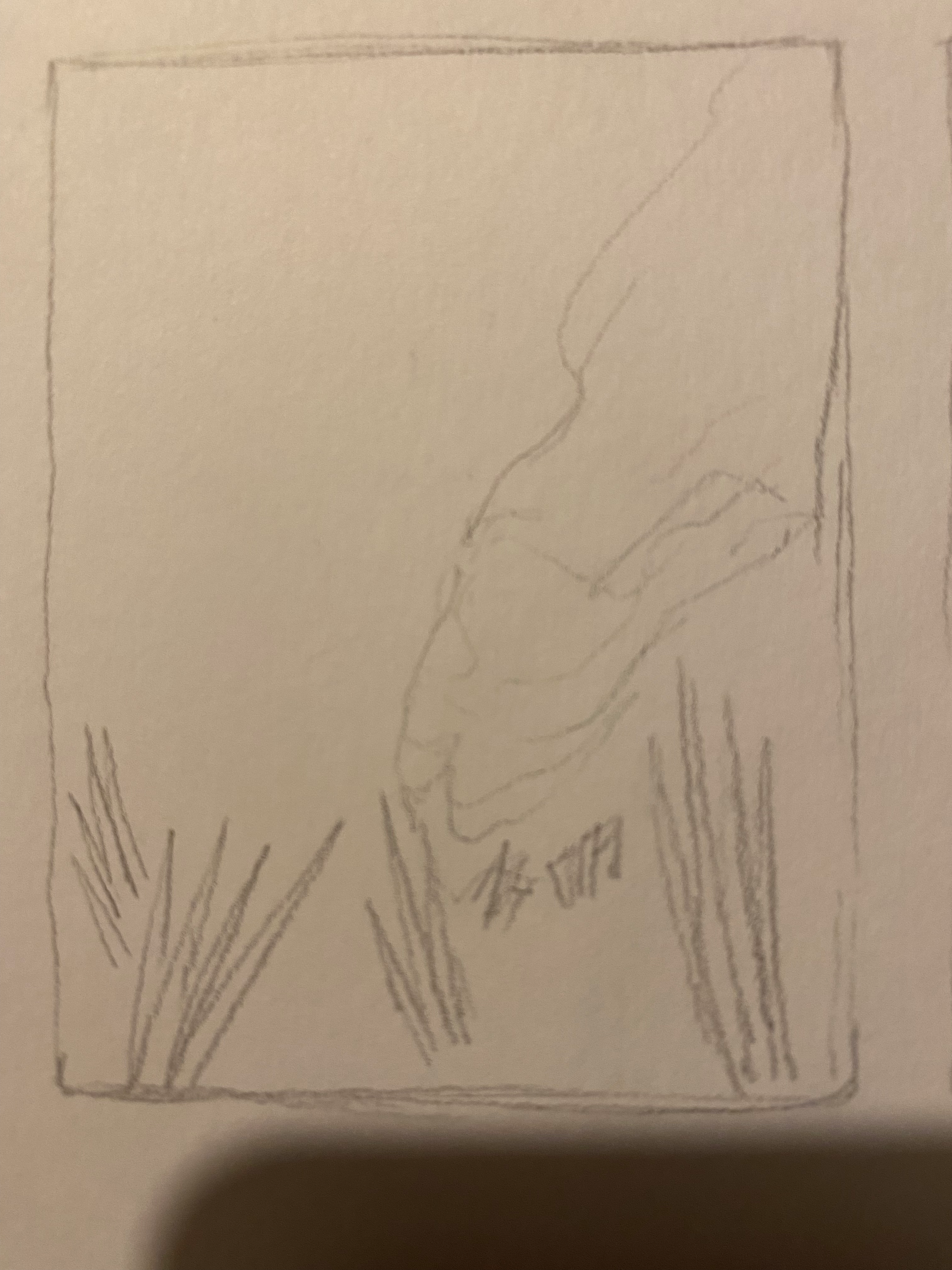
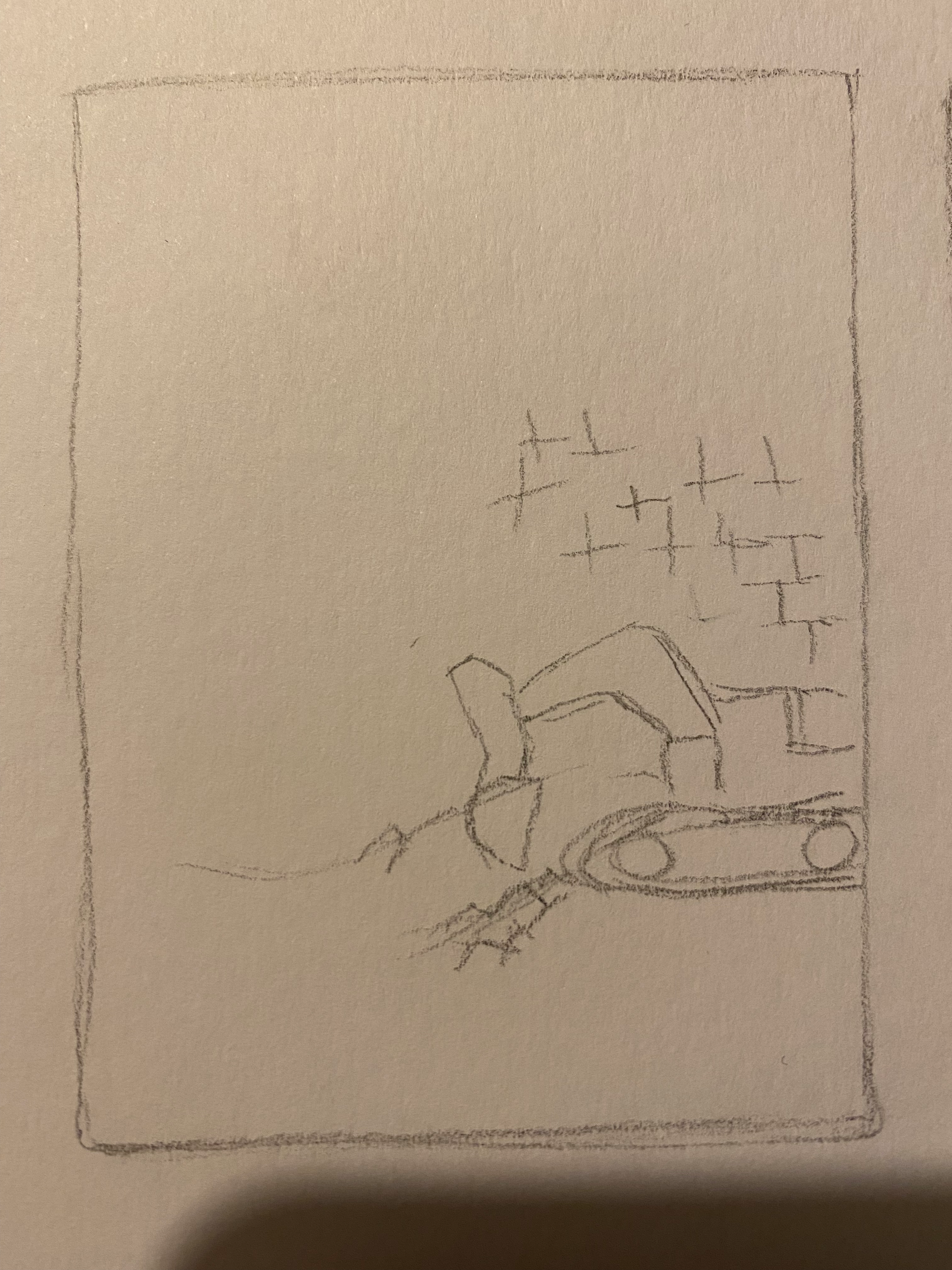
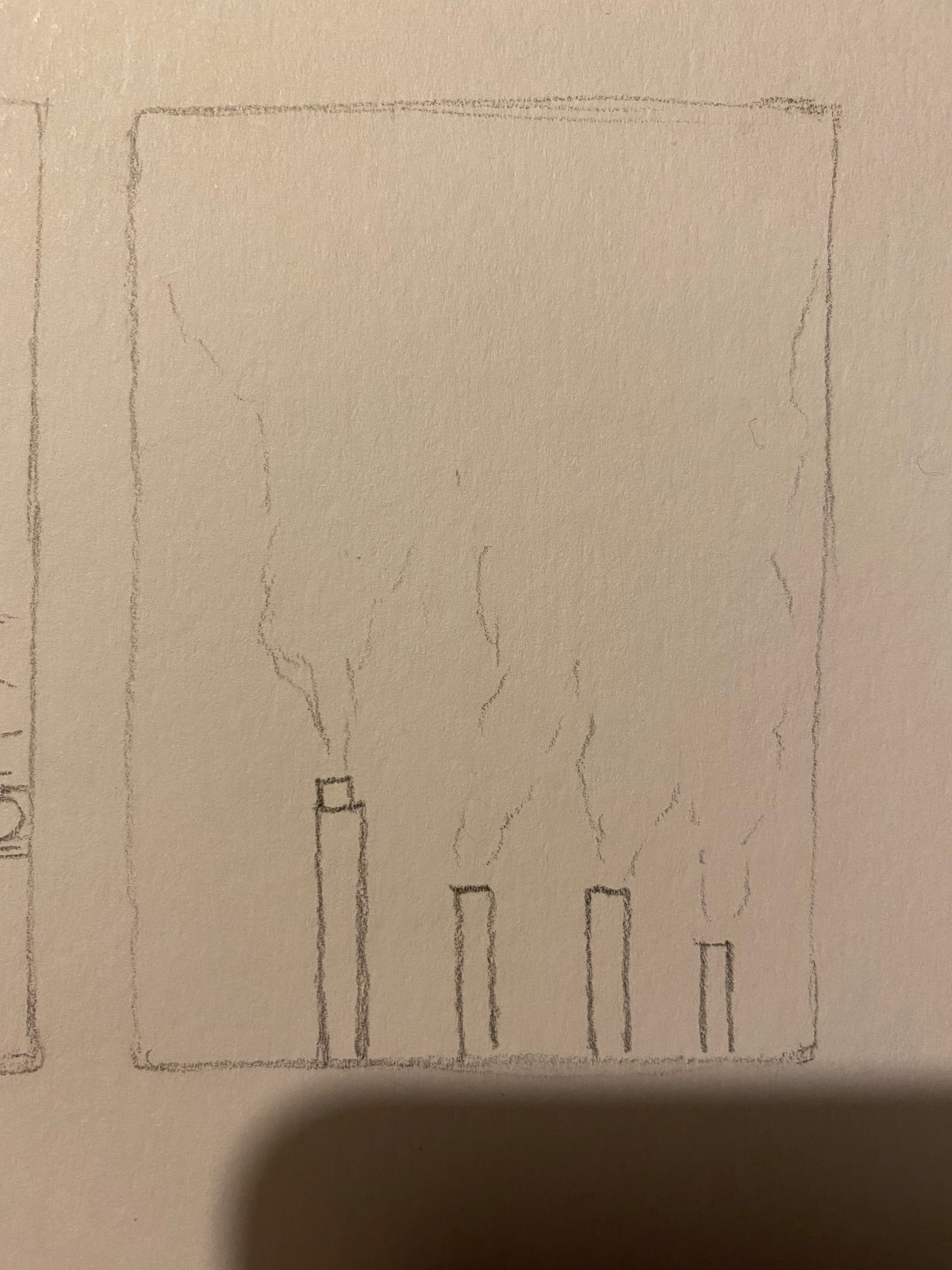
Fig 3. Masters 2022. Card Selection Draft
Card Layout
Part of supporting players to make choices is having all the information, so they can make an informed choice.












Fig 5. Masters 2022. Card Selection Second Draft
Storyboards, UI & Choice
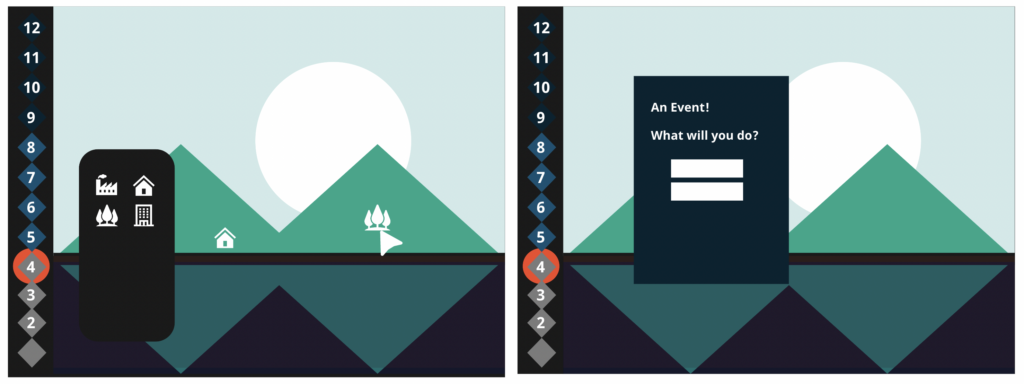
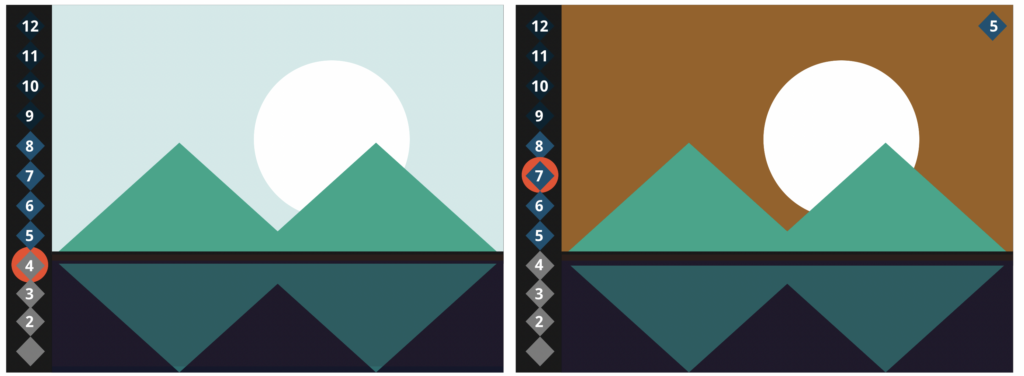
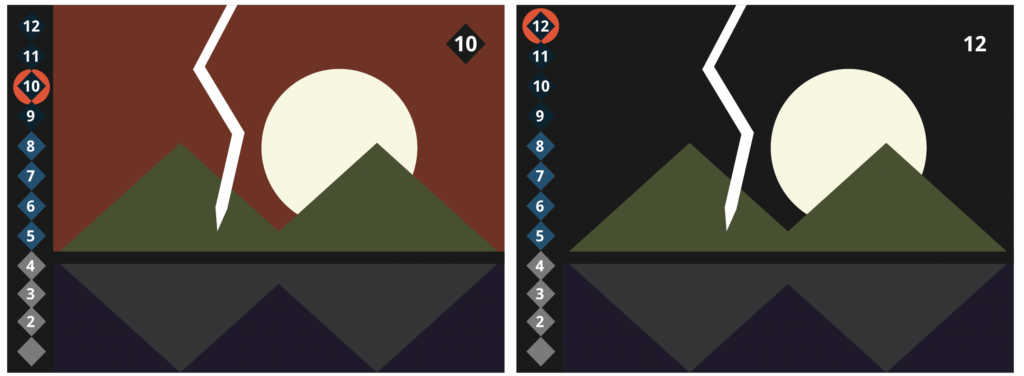
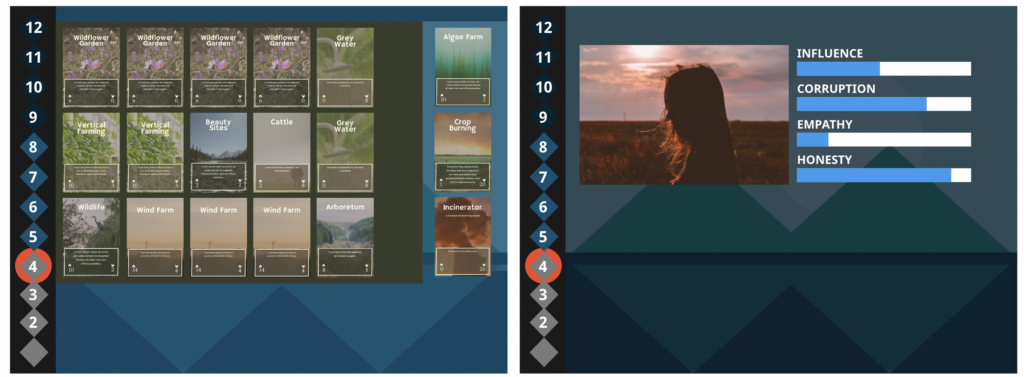
Fig 6. Masters 2022. Storyboard
Choice & Character Archetypes
Personality Traits on a Visual Axis: Players were confused by the points, how they might work and whether the points suited each character. The personality traits and points appear to make more sense to players when presented in an axis or visual representation.
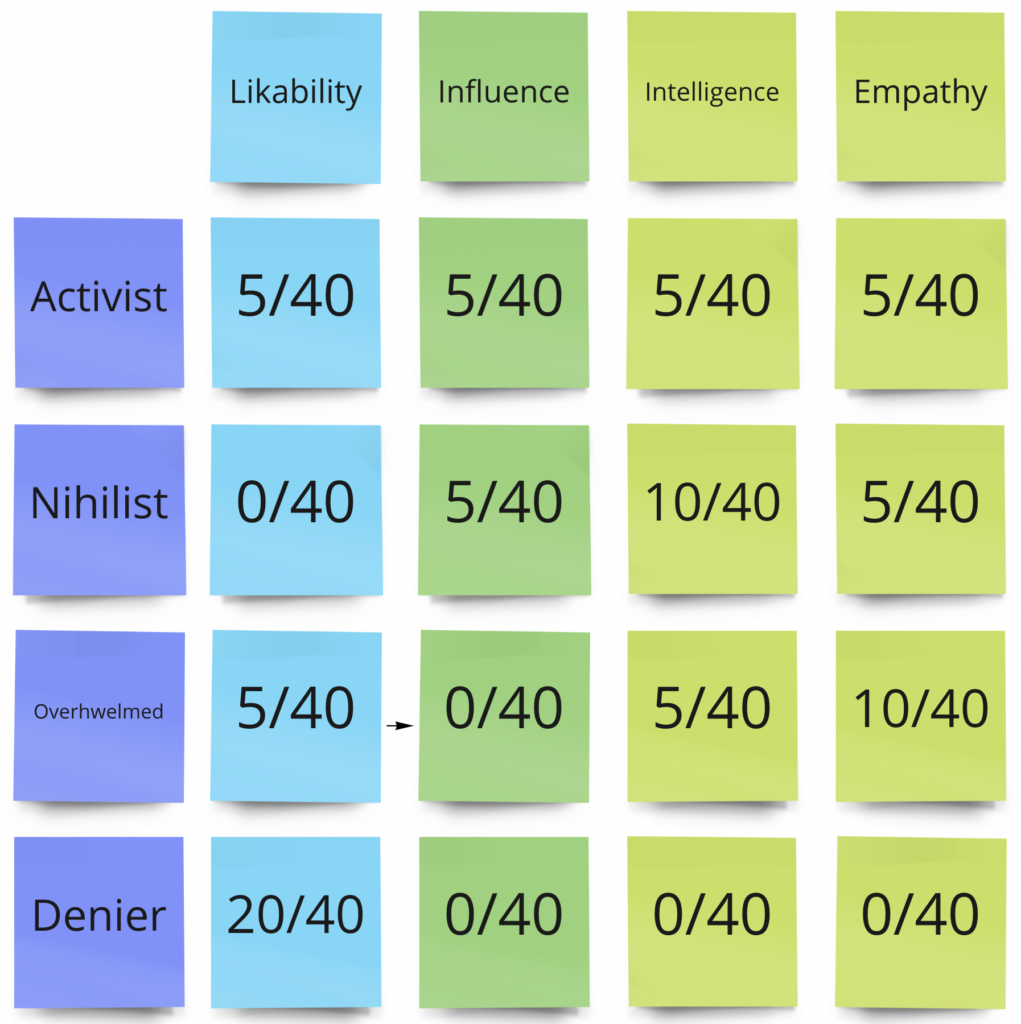
Ontological Chart
Suggestion: Insanity/Corruption Personality Trait
Note: Potentially characters could start with some points in everything, so they don’t feel they start at 0 in anything.
Fig 7. Masters 2022. Archetypes Chart
Choice & Events
Note: Add less extreme options
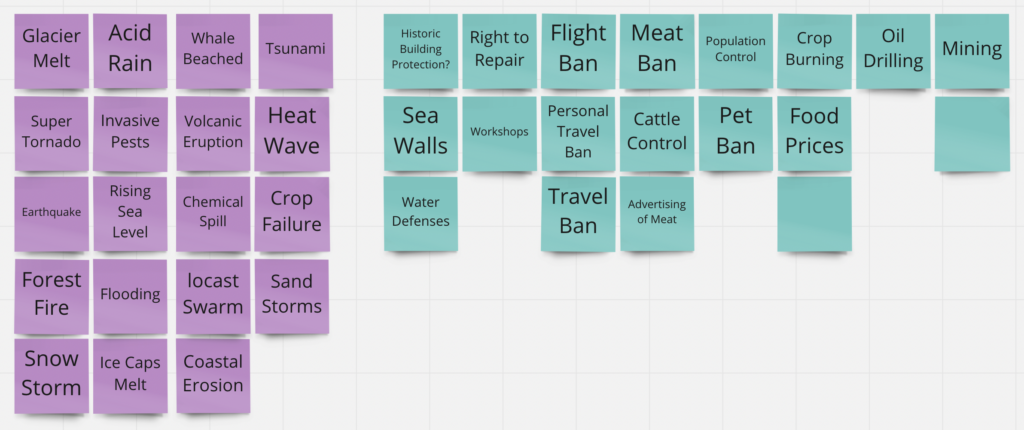
Fig 8. Masters 2022. Events Prototype
Setting up the Event System
Unity + Ink
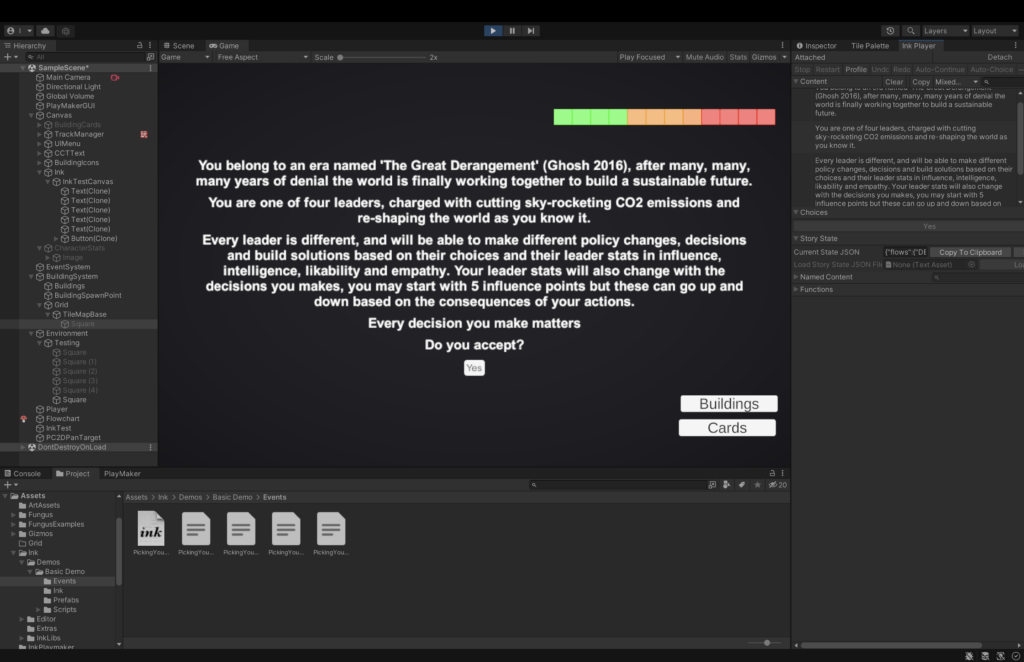
Fig 9. Masters 2022. Integrating Unity with Ink
Setting up the Personality Metres
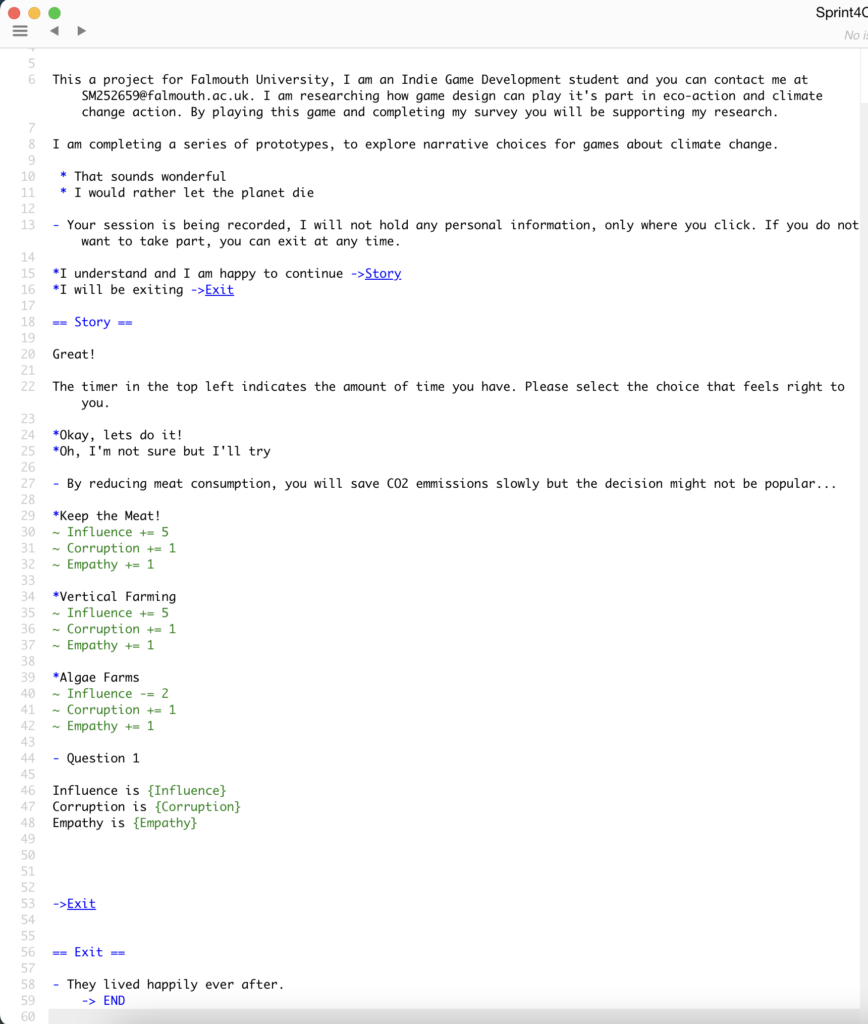
Fig 10. Masters 2022. Ink Personality Stats
Survey: Choice & Anxiety
Prototype: Anxiety and choice, adding a Timer
My second prototype can be viewed and taken here: https://impalpably.github.io/mp-prototype/Web/Choice/Sprint4Choice/

My next prototype will explore narrative events, choices and anxiety. I have created a very simple game in unity and ink that will count down each time a question is asked.
Fig 11. Masters 2022. An Experiment in Designing Anxiety
Prototype: Hope, colour and choice
A short prototype about choice, colours and cards.
Retrospective
My Gantt chart has potentially not included enough time to focus on narrative, so I will include more time in sprint 6 to balance the choice and consequences. Integrating variables with Ink and Unity has also taken a little time this sprint.
List of Figures
Figure 1. Sarah MASTERS. 2018. Wind Turbines 2
Figure 2. Sarah MASTERS. 2018. Wind Turbines 2
Figure 3. Sarah MASTERS. 2022. Card Selection Draft
Figure 4. Sarah MASTERS. 2022. Card Selection Second Draft
Figure 5. Sarah MASTERS. 2022. Card Selection Draft 2.
Figure 6. Sarah MASTERS. 2022. Storyboard.
Figure 7. Sarah MASTERS. 2022. Archetypes Chart.
Figure 8. Sarah MASTERS. 2022. Events Prototype.
Figure 9. Sarah MASTERS. 2022. Integrating Unity with Ink.
Figure 10. Sarah MASTERS. 2022. Ink Personality Stats.
Figure 11. Sarah MASTERS. 2022. An Experiment in Designing Anxiety.
References
BOPP, Julia Ayumi et al. 2019b. ‘Exploring Emotional Attachment to Game Characters’. In Proceedings of the Annual Symposium on Computer-Human Interaction in Play. 313–24. Available at: https://doi.org/10.1145/3311350.3347169 [accessed 1 Apr 2022]
KNOWLES, Bran et al. 2014. ‘Patterns of Persuasion for Sustainability’. In Proceedings of the 2014 Conference on Designing Interactive Systems. 1035–44. Available at: https://doi.org/10.1145/2598510.2598536 [accessed 10 Apr 2022].
ROSE, Victoria. 2017. ‘Doki Doki Literature Club Is an Uncontrollably Horrific Visual Novel’. Polygon [online]. Available at: https://www.polygon.com/2017/10/22/16512204/doki-doki-literature-club-pc-explained [accessed 13 Feb 2022].
SHORT, Author Emily. 2022. ‘What Does Your Narrative System Need to Do?’ Emily Short’s Interactive Storytelling [online]. Available at: https://emshort.blog/2022/04/09/what-does-your-narrative-system-need-to-do/ [accessed 10 Apr 2022].